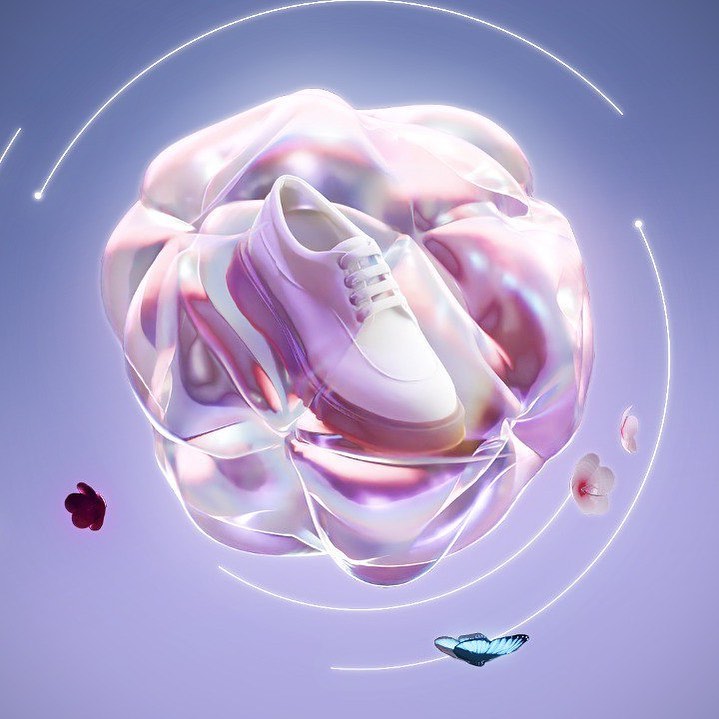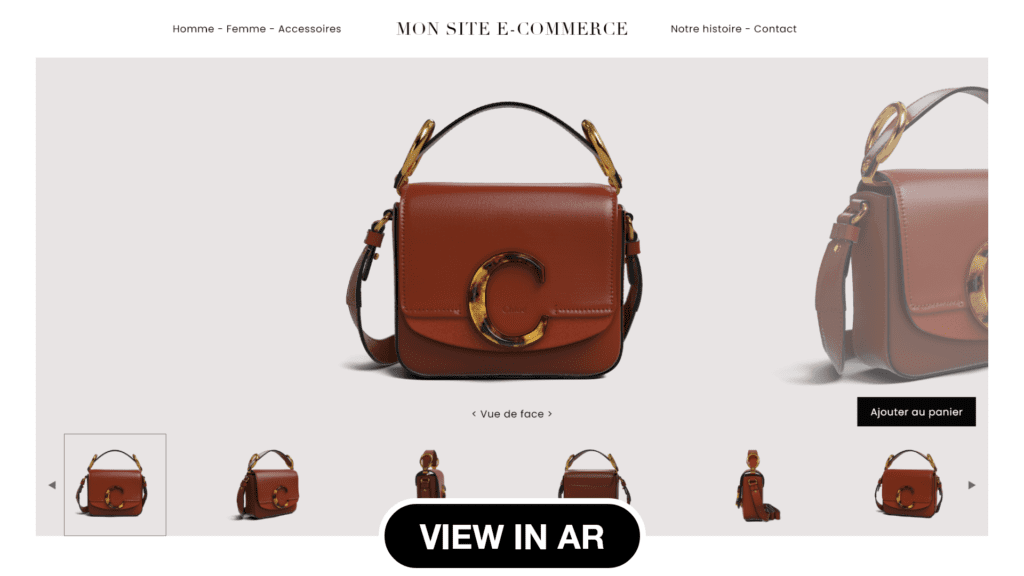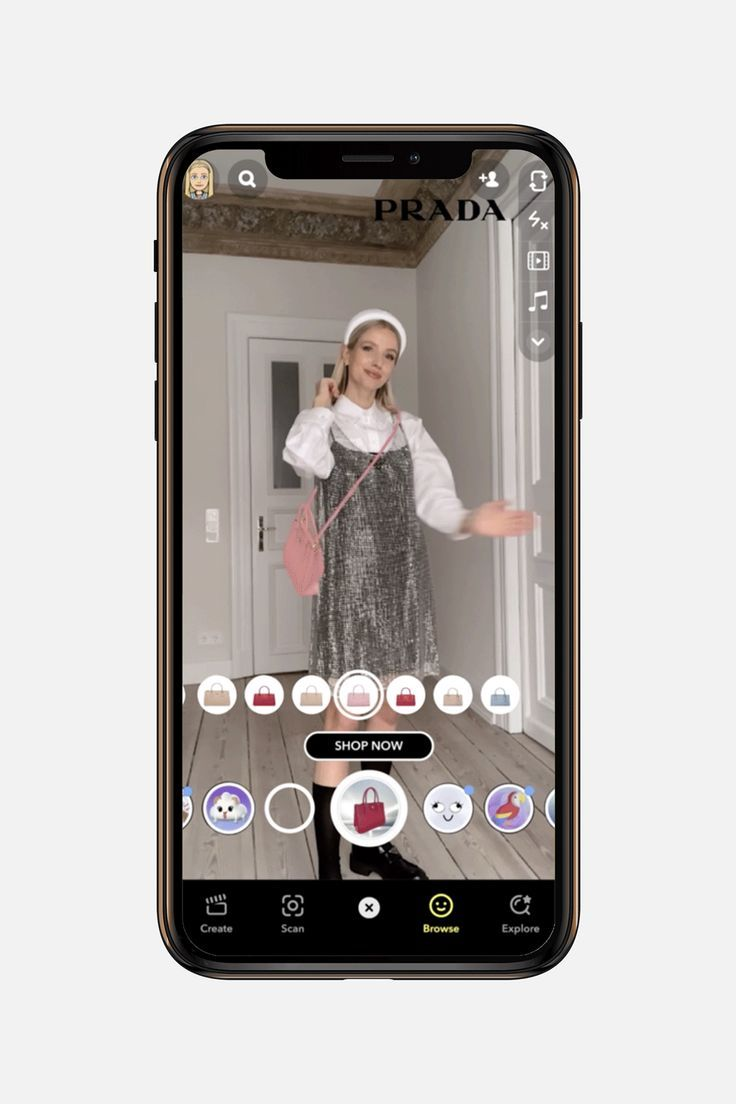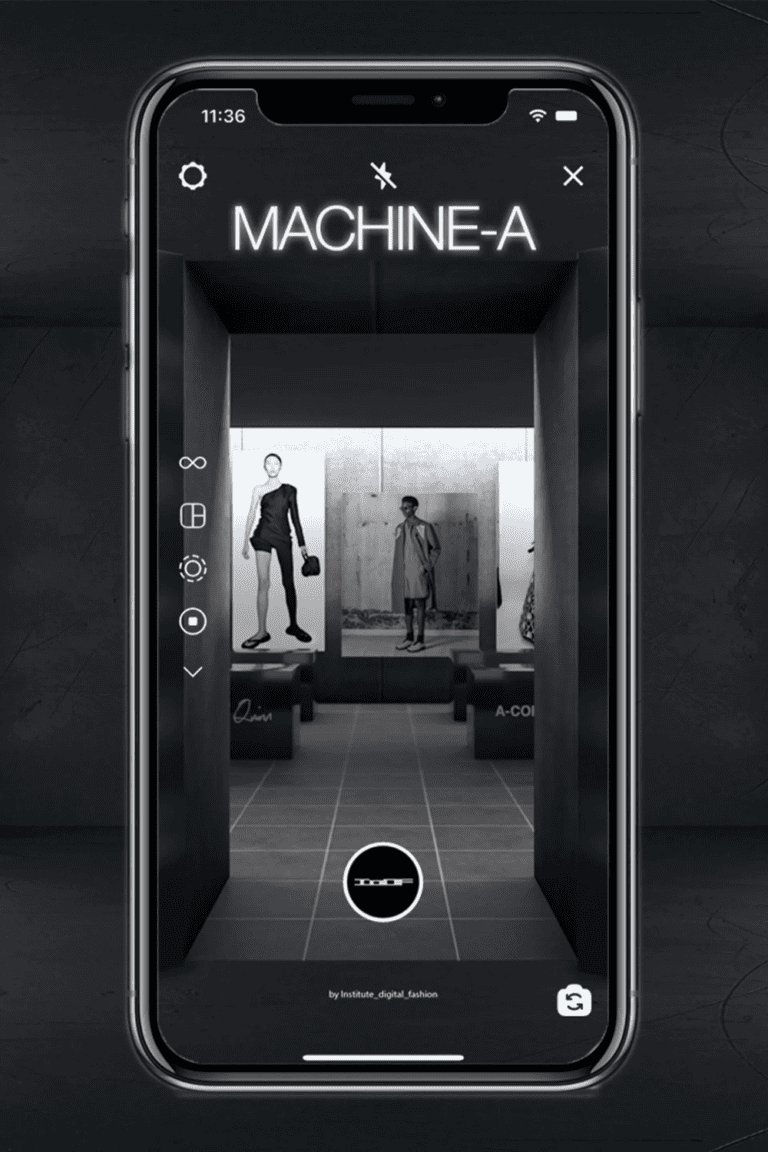The importance of 3D configurators for customer experience in the luxury industry
The importance of 3D configurators for customer experience in the luxury industry Table of Contents In the luxury industry, where attention to detail, exclusivity, and

Last week, SmartPixels had the opportunity to participate in the Netcomm Forum in Milan, a leading event in the field of digital retail, e-commerce, and multichannel technologies.
One thing stood out during the fair: the role of product personalization and augmented reality are key to optimizing the shopping experience in the fashion and luxury industry.
Even if the physical store still represents the core of luxury purchases, digital channels will boost the overall customer experience.
According to research conducted by Netcomm Forum, 82% of Italians have chosen e-commerce as the reference means for their purchases in the clothing, accessories, shoes, fashion, and beauty sectors.
Furthermore, there is a growing demand for innovation within the online shopping experience, related to the presence of interactive 3D product visualization, personalization, and augmented reality.

Augmented Reality is a technology that allows users to perfectly superimpose virtual objects on the physical world, giving them confidence in what they are buying. This is made possible thanks to photorealistic 3D renderings of the brand’s products. These files need to be in GLTF file format to be transferred into an AR product experience.
Augmented Reality is becoming increasingly important in the retail industry, especially as customers can freely access it using a tablet or smartphone. According to Deloitte, by 2025, over 75% of the global population will be AR users.
At the Netcomm Forum , we got a close look at the case of Snap Inc (the parent company of Snapchat) and its ability to configure products in 3D for online shopping purposes.
Today there are about 332 million users of the app. 74% of all Snapchatters who utilise AR, exploit it for shopping.
The most used tool is the lenses developed by the social network, especially directed to customers belonging to the luxury and beauty industry. In fact, thanks to these lenses, users can try out accessories, clothes and makeup instantaneously. This technology enables consumers to understand if a certain product will fit them or not, even before having it in hand.

To exemplift, M.A.C. Cosmetics has partnered with Snap to create a virtual try-on based on augmented reality to test different lipstick shades in real-time. Once the user has chosen his favourite product, he is automatically redirected to the product page of the brand’s e-commerce. Snap Inc. already counts Prada, Gucci and Farfetch among luxury brands that use its AR services.
The exploitation of the Augmented Reality configurator allows several benefits:

The implementation of high-quality 3D product visualization would be a fundamental channel of connection between brands and consumers, enabling the possibility to co-create within the shopping experience.
As we all know, buying is visual. From a retail perspective, displaying an interactive product in 3D greatly increases the likelihood that it will be purchased. To illustrate, overall, returns constitute approximately 20% of orders that are made online, while by using AR experiences companies registered an average of 25% fewer returns.
In the luxury and beauty industries, 3D product visuals allow consumers to interact extensively with the brand. For example, clients can compare colors, materials, and different pieces in a highly interactive way in order to live a hyper-personalized experience. Moreover, they will have the opportunity to configure the price quote in advance for their customized products.
According to The Business of Fashion, 71% of consumers highly demand companies to provide shopping experiences tailored to their individual expectations and needs. Product personalisation offers represent fundamental catalysts to drive engagement and ultimately loyalty.
Therefore, for the luxury industry, 3D product visualisation represents an important growth channel. SmartPixels provides its customers with the ability to embed Augmented Reality within the customer journey, developing a unique shopping experience.
Thanks to the solutions developed by SmartPixels, you will immediately see the benefits of a 3D product viewer on your e-commerce:
The importance of 3D configurators for customer experience in the luxury industry Table of Contents In the luxury industry, where attention to detail, exclusivity, and
3D rendering vs 2D: what are the benefits of one over the other? Table of Contents 3D rendering offers a significant leap in realism compared
How do 3D product configurators reduce e-commerce returns? Table of Contents Overview of e-commerce product returns % of people who claim to retunr their online
Omnichannel strategy: the keys to a successful experience Chloé Tokyo store with a personalization experience created by SmartPixels The global pandemic has forced brands around
How AR helps luxury brands to build immersive experiences What is Augmented Reality? Augmented Reality solution by SmartPixels Augmented Reality is a technology that enables
Deep-dive into glTF file format During recent years, the glTF file format has gained more and more prominence, due to its functionality and the wide variety